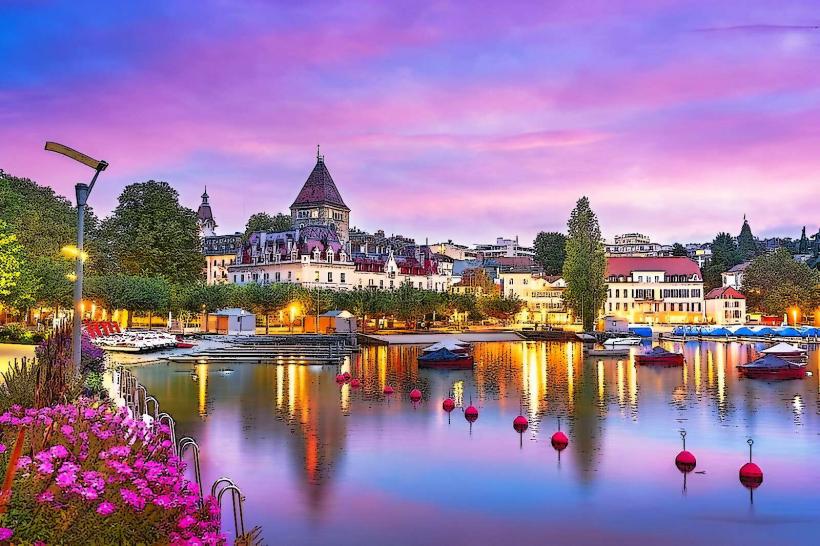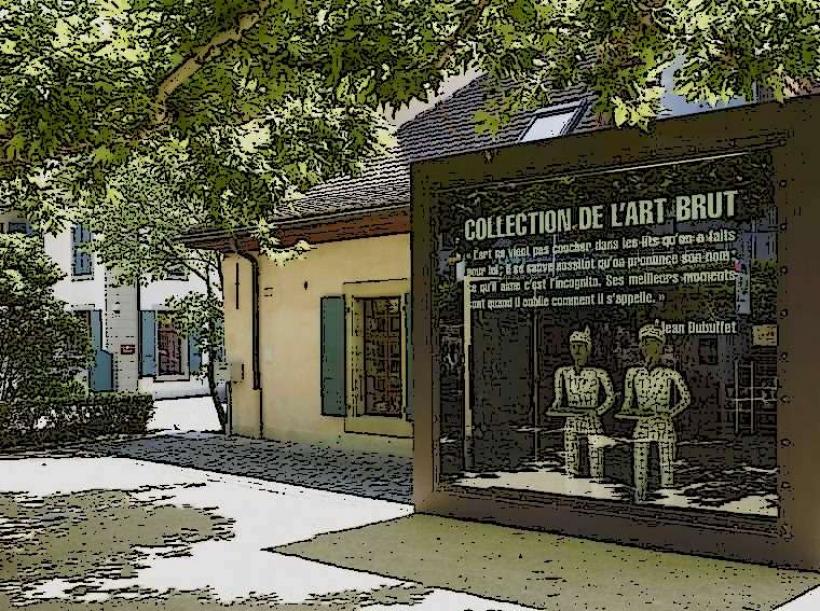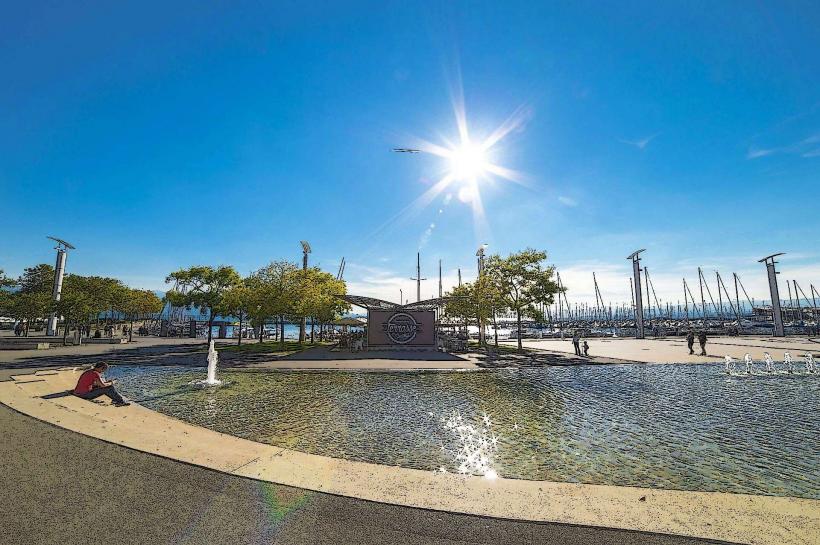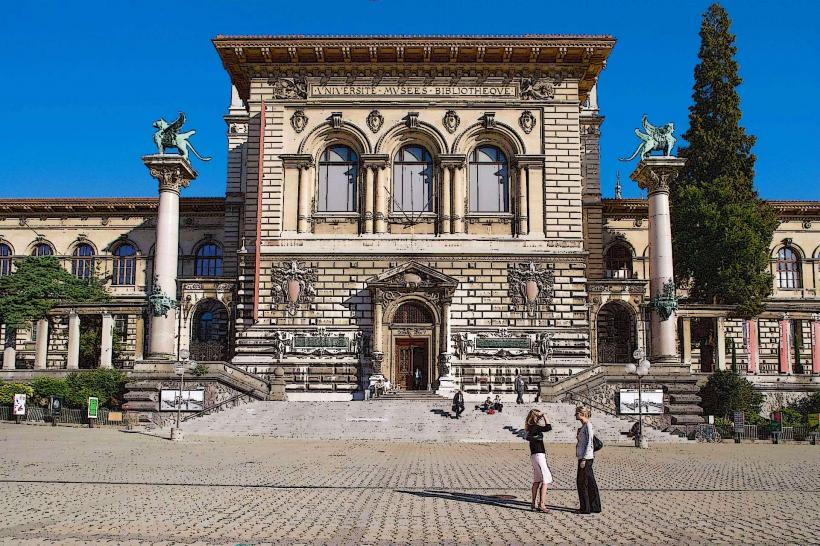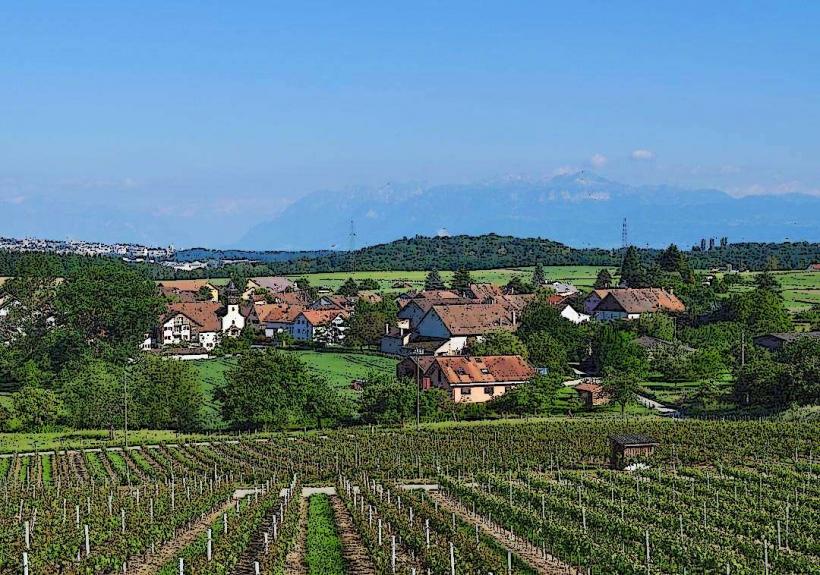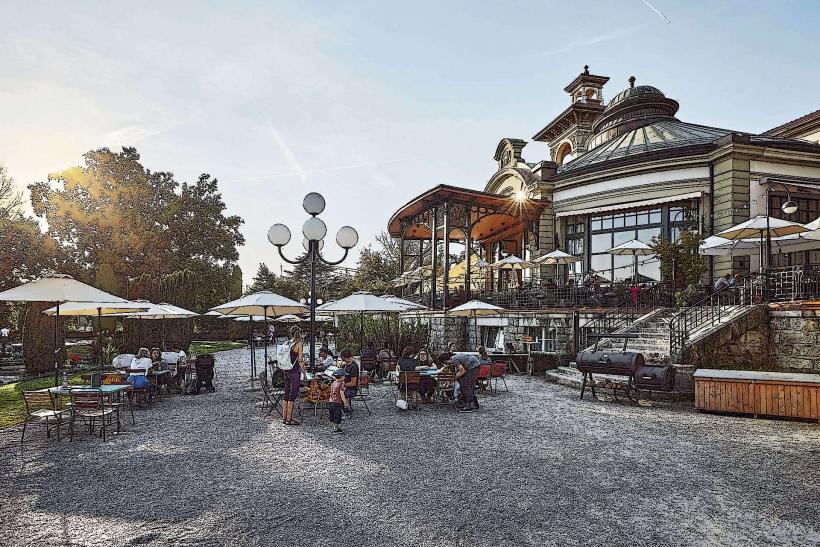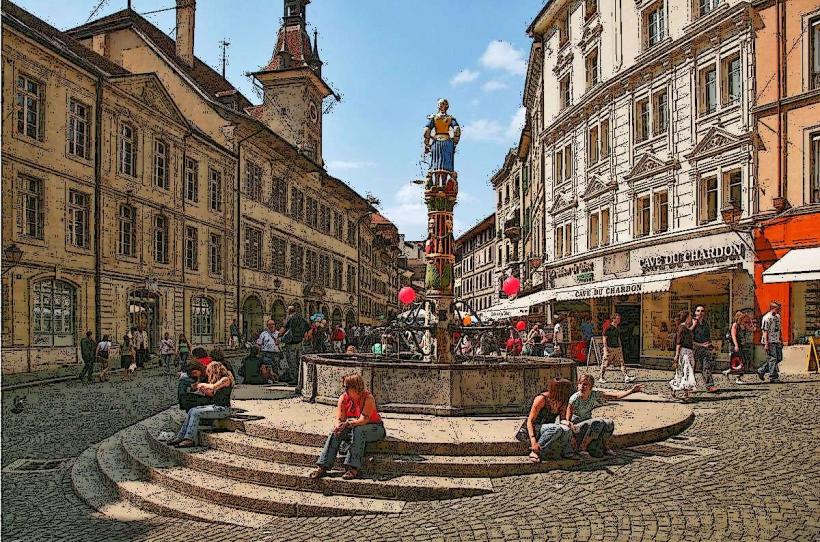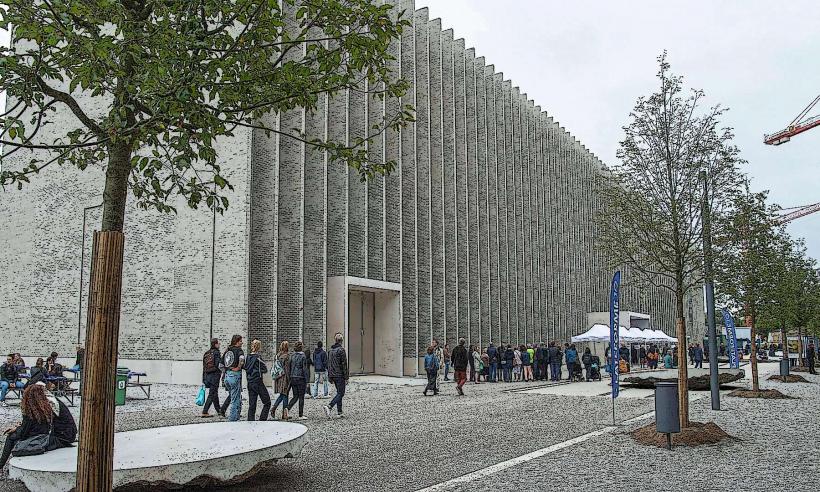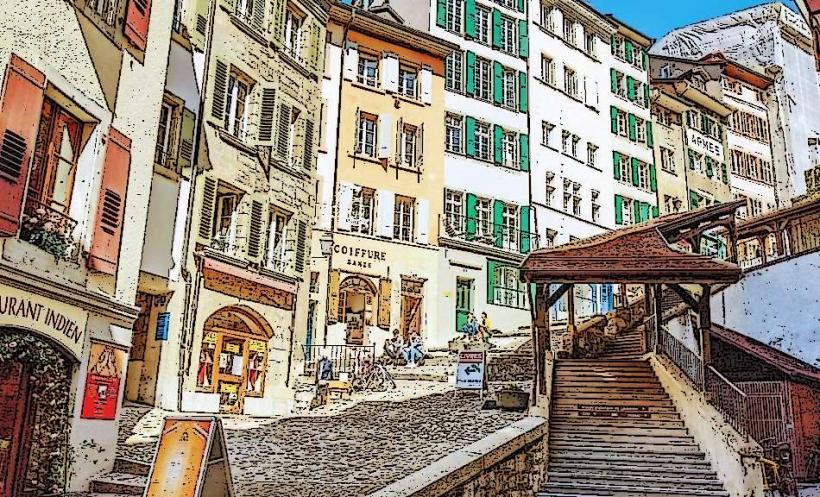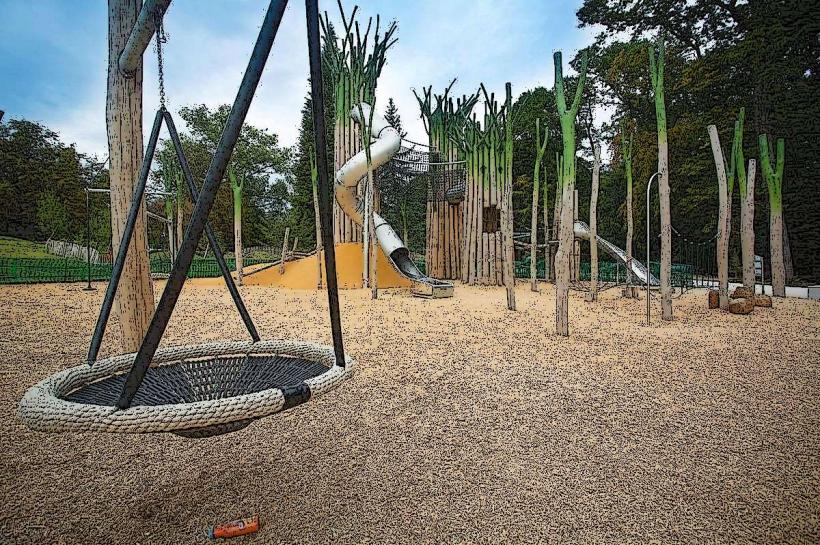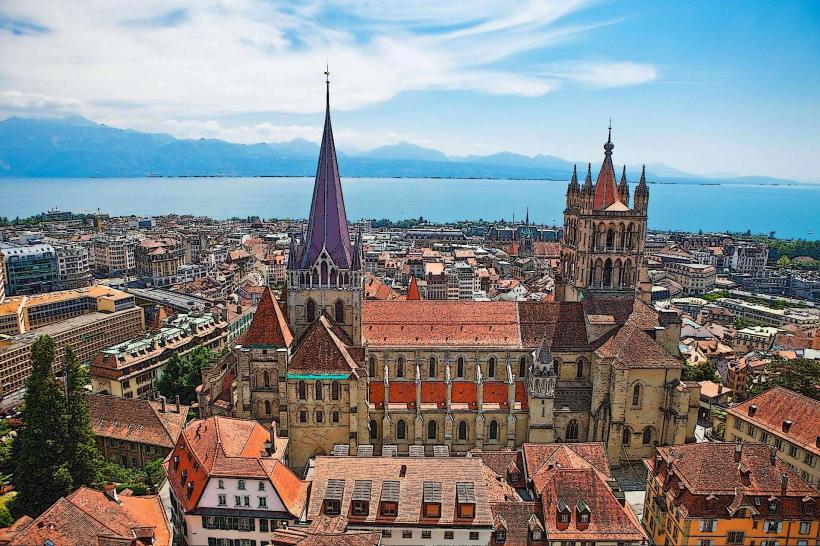Information
Landmark: Jardin BotaniqueCity: Lausanne
Country: Switzerland
Continent: Europe
The Jardin Botanique de Lausanne (Lausanne Botanical Garden) is a beautifully landscaped garden located on the shores of Lake Geneva, in the Ouchy district of Lausanne, Switzerland. It is one of the most important and well-known botanical gardens in Switzerland, with a rich variety of plants from around the world, a long history, and a commitment to education and conservation.
History and Overview
The garden was established in Botmingen in the late 19th century, but it officially moved to its present location in Lausanne in 1964. It is managed by the University of Lausanne, and it serves both as a recreational space for the public and a place for scientific research and botanical education.
The garden occupies a 35-hectare area (roughly 86 acres) on a hill above Lake Geneva, providing sweeping views of the lake, the Alps, and the city of Lausanne itself. The setting is an integral part of the garden's appeal, as it combines natural beauty with a wide range of plant species from diverse climates.
Key Features and Gardens
Thematic Plant Collections
- The Jardin Botanique de Lausanne houses a remarkable collection of botanical species from around the globe. The plants are organized into thematic sections, showcasing the diversity of plant life from different ecosystems. Notable collections include:
- Alpine Plants: Representing the flora of the Alps and other mountainous regions, including species adapted to cold and high-altitude environments.
- Mediterranean Plants: Featuring species that thrive in warm, dry climates such as the Mediterranean Basin, California, and parts of Australia.
- Tropical Plants: A section dedicated to the vibrant, lush vegetation found in tropical climates, including palms, orchids, and exotic flowers.
- Medicinal Plants: Featuring plants that have been historically used for medicinal purposes, with educational signage explaining their uses.
The Conservatories
- The garden includes a number of conservatories and greenhouses that allow for the display and protection of more delicate plants, particularly those from tropical and subtropical regions. These spaces provide a controlled environment to showcase plants that wouldn’t survive in the open Swiss climate.
- The tropical house is a standout, offering visitors the chance to experience the humid, lush environment of the tropics, with a collection of palms, flowering plants, and rare orchids.
Themed Walks and Trails
- The garden has several walking trails that allow visitors to explore the diversity of plants and ecosystems. These paths wind through various sections, such as wooded areas, wetlands, and open meadows. The garden is designed to offer visitors both a relaxing stroll and an educational experience as they learn about different plant species, their origins, and their roles in the environment.
- There are scenic viewpoints along the trails that provide breathtaking views of Lake Geneva and the surrounding Alpine peaks, making it a great spot for photography and nature lovers.
Educational and Research Facilities
- The Jardin Botanique de Lausanne plays an important role in botanical research and conservation. It collaborates with local universities and research institutions on studies related to plant biology, ecology, and conservation.
- The garden also offers educational programs for school groups, children, and adults, providing hands-on learning experiences. Workshops, talks, and guided tours are available, where experts explain various botanical topics, from the basics of plant biology to the environmental importance of biodiversity.
Sculptures and Art Installations
- Interspersed among the plant collections are several sculptures and art installations, contributing an artistic dimension to the natural beauty of the garden. These artworks often reflect the relationship between nature and human creativity, providing an added layer of interest for visitors.
Wildlife and Natural Habitats
- In addition to plants, the garden is home to various species of wildlife. Birds, insects, and small mammals often make their home in the garden's diverse habitats. The presence of bees, butterflies, and other pollinators is particularly important, and the garden contributes to conservation efforts aimed at preserving local wildlife.
Events and Activities
- Seasonal Events: The garden hosts a variety of seasonal events and festivals, including plant sales, educational workshops, and themed exhibits. These events often coincide with significant dates in the botanical calendar, such as Earth Day or World Environment Day.
- Open-Air Concerts and Performances: During the warmer months, the garden organizes cultural events, including outdoor concerts, performances, and art exhibitions. These events make use of the beautiful surroundings, allowing visitors to enjoy music and art while immersed in nature.
Accessibility and Visiting Experience
The Jardin Botanique de Lausanne is free and open to the public year-round, making it an accessible destination for both locals and tourists. It is a great place to visit for those interested in nature, photography, or simply looking for a peaceful place to relax away from the bustle of the city.
- Location: The garden is easily accessible from Lausanne’s city center via public transport, and there are also walking and cycling routes that connect it to the rest of the city.
- Visitor Amenities: There are several benches and picnic areas throughout the garden, as well as a small café where visitors can enjoy drinks and light snacks while taking in the views.
Cultural and Environmental Importance
The Jardin Botanique is not just a collection of plants; it is a living museum that highlights the importance of biodiversity and the need for conservation. It serves as a vital resource for researchers, educators, and nature enthusiasts alike, fostering a deeper understanding of the natural world and its preservation. The garden also plays a role in educating the public about environmental issues, such as climate change, the protection of endangered species, and sustainable agriculture practices.
For those interested in the natural world, the Jardin Botanique de Lausanne is an exceptional destination that combines beauty, education, and scientific discovery. Whether you’re visiting for the first time or returning to explore the ever-changing plant life, the garden offers something for everyone—stunning views, fascinating exhibits, and a deep connection to the natural environment.


